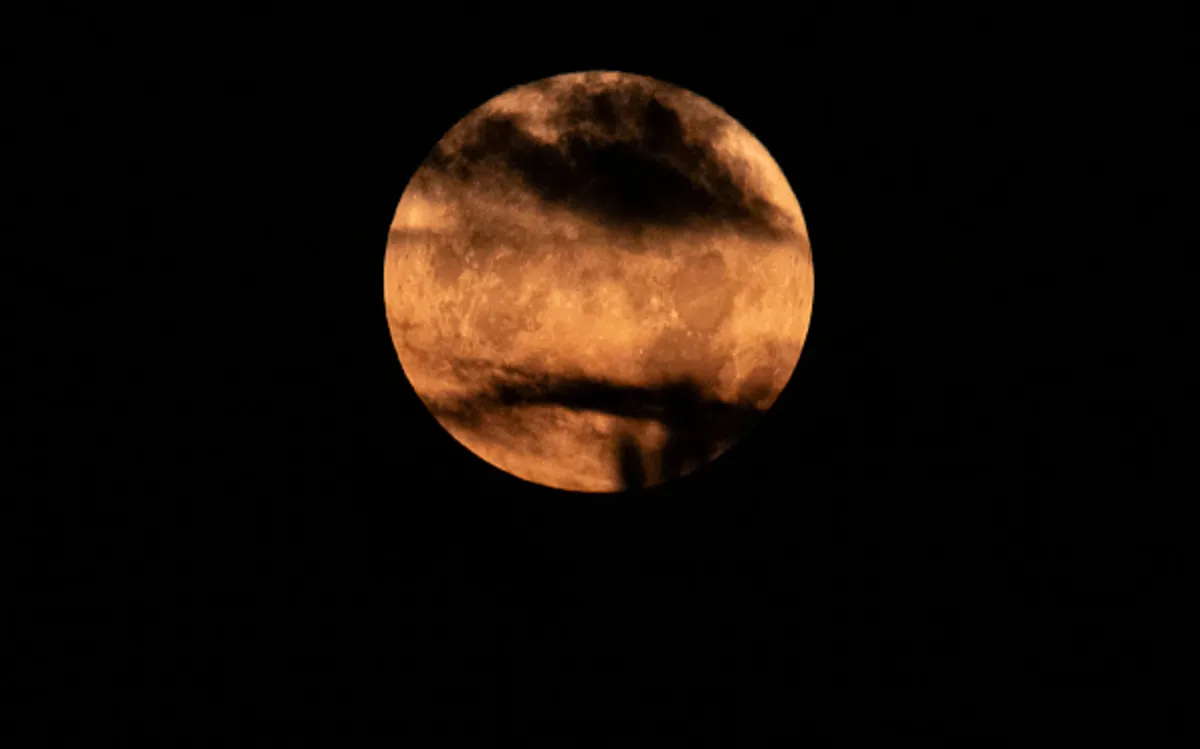
Texans who missed the enchanting Strawberry Moon earlier this month should mark their calendars for an exciting celestial display set to grace the skies soon. The full Buck Moon will rise next week, heralding the start of July with its brilliant illumination. On Thursday, July 10, observers will notice several distinctive features of this moon, including its dramatic brightness and larger appearance, caused by a phenomenon known as “moon illusion.” This optical effect creates the illusion of a larger moon when it is near the horizon, making it a must-see event.
According to NASA, the Buck Moon will be approximately 243,520 miles away from Earth. This distance is notably closer than its potential maximum distance of 252,712 miles. Sky watchers equipped with binoculars, a telescope, or even just their unaided eyes will witness the moon achieving peak brightness at 3:37 p.m. CT, as reported by the Farmer's Almanac. Events like the Buck Moon offer Texans the ideal opportunity to see the nearside of the moon fully illuminated by the sun, showcasing features such as the Tycho Crater, Mare Fecunditatis, and Oceanus Procellarum.
So, why is July celebrated as the Buck Moon? The name originates from the Farmer's Almanac, an American publication that assigns unique names to lunar events based on traditions passed down through generations of Native American, Colonial American, and European settlers. Often, these names reflect seasonal practices and events that correspond with each month of the year.
The term "Buck Moon" is linked to the natural growth patterns observed during July when male deer, or bucks, experience rapid antler development. This growth is influenced by the rainfall during spring and summer, which provides more nutritious food for these animals, as noted by Texas Hunter Products. Other popular names for this lunar event include the Berry Moon and Month of the Ripe Corn Moon, as indicated by the Farmer's Almanac.
The Buck Moon holds spiritual significance as well. Similar to the growth of antlers, it symbolizes a time of personal growth and regeneration. Astrologer Morgan Lett elaborates in a Pop Sugar article that just as bucks shed their antlers in late winter to allow for new growth, individuals may feel a calling during this moon to release outdated patterns and beliefs, making way for personal evolution.
This full moon occurs during July, coinciding with the sun's passage through the zodiac sign Cancer, which is associated with heightened intuition and empathy. The Buck Moon is believed to herald a period of significant change and self-discovery, encouraging individuals to connect with their inner strength and intuitive wisdom. Lett suggests that navigating challenges during this time may be enhanced by self-control and compassion.
For those eager to witness the Buck Moon, clear skies will be essential. Texans should seek out a dark location, away from bright lights, to ensure optimal viewing conditions. Ideally, find an open space with an unobstructed view of the moon as it rises above the horizon, allowing for a breathtaking experience.